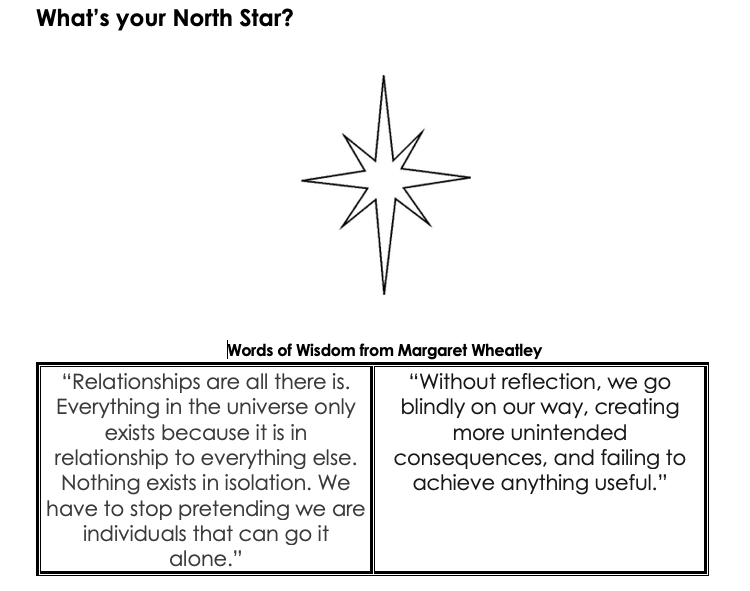Instructional Coaches as Servant Leaders: 3 Actions to Consider Now More Than Ever
Back in 2008, when I received my K-8 Principal License, I adopted a stance. I took to heart the idea of instructional leadership as a mindset — leaders as servants to those they lead. Since then, I have worked to hold myself accountable to that mindset, both as a district leader and educational consultant.
During these tricky, unprecedented times, teachers have A LOT of stuff coming at them. Many are trying new things [e-learning routines, distance learning platforms, new systems and structures, content delivery via video and video-conferencing, etc] for the first time with little, or no, dress rehearsal time. It’s like building the plane while it’s already at 10,000 feet. The good news is if any group of people can do it, it’s teachers. That’s because they show up — regardless of the situation — and they do whatever it takes to serve their students. They are leaders, and servants, of their learning communities.
3 Actions to Consider Now More Than Ever
By nature, instructional coaches are doers. They are natural servant leaders because their work is heavily focused on serving the stakeholders in their learning communities. As instructional coaches figure out [and maybe even redefine] their roles across the next few weeks, here are 3 actions to consider.
1. JUST BE THERE
Some teachers may feel overwhelmed by the amount of stuff coming at them right now. Instead of pushing stuff out, consider just being there and being available. Set up choices for teachers and ways they can receive support from you. Offer up support through:
text messages
phone calls
email
digital platforms
Support is often well-intentioned, but can feel like added pressure during already high-pressured times. Honor teachers by giving them voice and choice — offering up vehicles and modes of support that they need, if and when they want it.
2. CONNECT AS PEOPLE
Relationships matter. They matter a lot! Instead of just connecting about school stuff, consider connecting as people about ordinary stuff. This gives opportunities for colleagues to share the silver linings that may be tucked inside these tough times. Some ideas could include:
share an uplifting quote or joke
create virtual coffee or dessert hangouts
organize a recipe swap
pleasure reading book club conversation
Creating opportunities for teachers to connect with one another on a personal level helps bolster relationships, which can yield both short and long-term impacts.
3. TAKE SOMETHING OFF TEACHERS’ LISTS
By nature, teachers’ lists are endless. Instead of pushing things out, consider taking things on in service of teachers and the students they/you serve. Be of service by being at service. Ask teachers to share with you the top 5 items on their to do lists. Then, offer to take on one of them to help support their efforts. You could:
create something that would benefit a whole class
support a small group of students
offer to “meet” or support one particular student’s needs
Sometimes help doesn’t always feel like help. Sometimes it feels easier to just do it yourself. That depends on the person, the situation, and the nature of the work on the to do list. Be extra aware of this and don’t take it personally if teachers don’t take you up on your support. Most likely, it isn’t personal at all — it’s just a response that makes sense to that teacher at that time.
Other Supportive Roles
You don’t have to have the title of “Instructional Coach” to apply these actions. In fact, anyone who serves as a Thinking Partner could consider these 3 actions now more than ever. If you are a school leader, curriculum director, team leader, department chair, lead interventionist, data coordinator, teacher leader or a teacher on a collaborative team — everyone deserves a supportive thinking partner to navigate the days ahead. Reach out to offer support and reach within and take the support you need. We’ll look back at these times — stronger and smarter because of our work together as servant leaders.

















![Access to templates forthcoming [Benchmark, 2020].](https://images.squarespace-cdn.com/content/v1/5a870022e45a7c0c0c9ea20e/1582474697016-M2FTQF01N18DCP4RRMKX/Screen+Shot+2020-02-23+at+11.06.32+AM.png)










